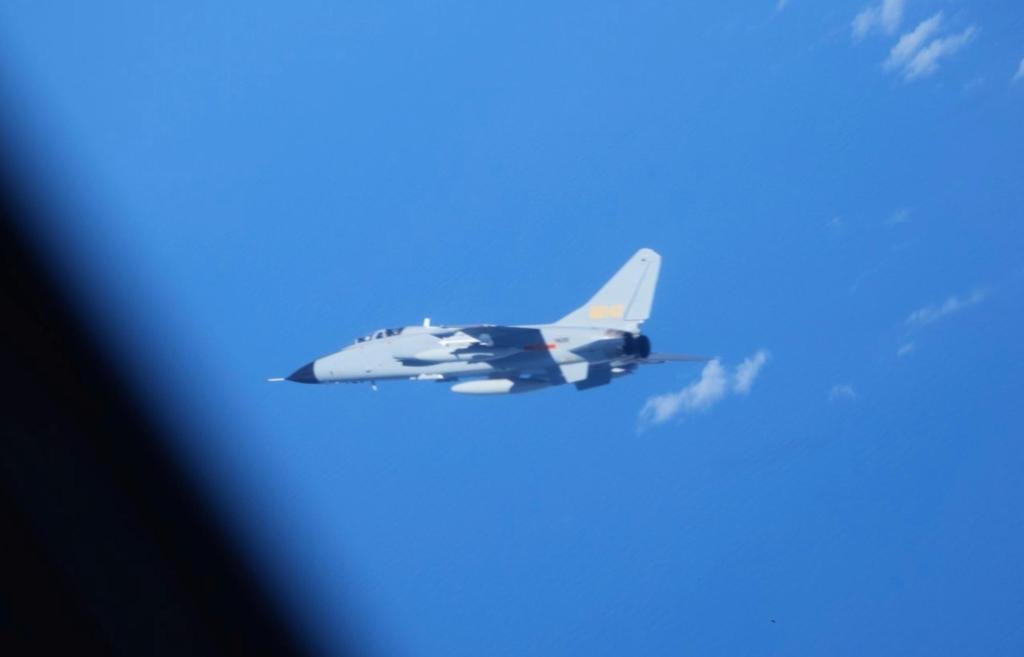Japan Demands China Halt Dangerous Fighter Jet Proximity
In a significant geopolitical development, Japan has formally requested that China cease its dangerous practice of flying fighter jets alarmingly close to Japanese intelligence-gathering aircraft. This demand follows repeated incidents that pose a risk of potential collisions in the airspace over the East China Sea. Japan’s Defense Ministry reported a particular incident where a Chinese JH-7 fighter-bomber flew within 30 meters (approximately 98 feet) of a YS-11EB electronic intelligence aircraft belonging to the Japan Air Self-Defense Force.
Rising Tensions and Safety Concerns
Japan’s concerns stem from what they interpret as an escalation in China’s military activities, particularly concentrated in the southwestern regions of Japan. The repeated encounters not only endanger the safety of Japanese aircraft but also complicate the already tense relations between the two nations. China has yet to provide a response to the most recent incident; however, they have previously accused Japan of intruding upon their airspace during what they describe as routine military operations.
Diplomatic Engagements Amidst Military Concerns
In response to these alarming developments, Japan’s Foreign Ministry took immediate action by expressing serious concern. Vice Minister Takehiro Funakoshi officially communicated these worries to Chinese Ambassador Wu Jianghao, firmly requesting that Beijing put an end to such provocative interactions. The growing apprehension in Japan reflects broader concerns about regional security and stability, particularly as both nations find themselves engaged in an escalating arms race.
Previous Incidents Fueling Accusations
This latest incident is not an isolated occurrence. Japan and China have exchanged accusations regarding close encounters between military aircraft in recent weeks. For instance, Japan reported that a Chinese combat aircraft had dangerously approached one of its navy surveillance planes over the Pacific Ocean, coinciding with a display of naval strength by Chinese aircraft carriers. Such patterns of military activity exacerbate the already fragile relationship between the two countries.
Economic Relations: A Twisted Path
Interestingly, despite the rising military tensions, Japan and China appear to be cautiously warming their economic ties. In a notable development, Japan recently announced a new animal health and quarantine agreement with China that allows for the resumption of Japanese beef exports. This follows a prolonged ban instituted in 2001 due to a mad cow disease outbreak in Japan and reflects each country’s desire to move past economic barriers for mutual benefit.
Looking Forward: Repairs and Realities
In the context of diplomatic engagements, it’s essential to note that these economic developments followed China’s recent decision to partially lift a 22-month ban on Japanese seafood imports linked to concerns about radioactive wastewater discharges from Japan’s Fukushima nuclear plant. Such agreements signal a potential thaw in relations, but the underlying military tensions persist. Moving forward, both countries must navigate these complexities, balancing their military strategies with the potential for robust economic collaboration.
As the situation evolves, Japan and its allies will be closely monitoring China’s military movements while simultaneously fostering pathways for positive economic relations. The demand for de-escalation is a pivotal point as both nations stand at a crucial crossroads in their complex interactions. The world watches with keen interest, aware that the trajectory of Japan-China relations bears significant implications for regional and global stability.









